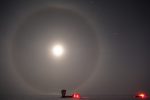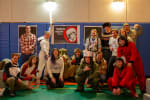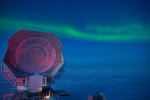Week 19 at the Pole
There they are—those big, expansive, colorful auroras that seem to fill the sky! The highlight for last week at the Pole might have been the auroras, but it’s worth noting that capturing these lovely photographs required braving really cold temperatures and high winds. Still, auroras alone might be enough motivation for some folks to venture […]









